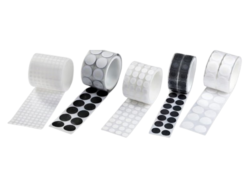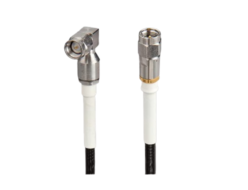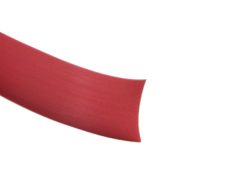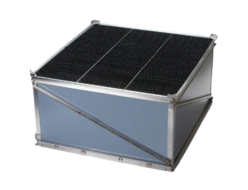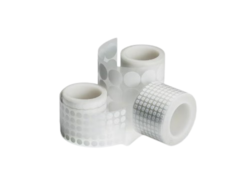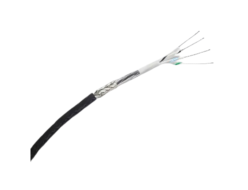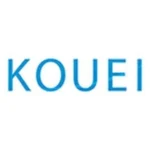Gore (日本ゴア)
GORE Low Charging Trackless Cables for Semiconductor Production Equipment
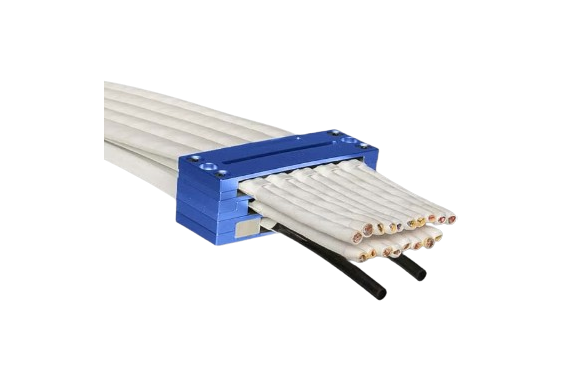
Manufacturer: Gore (日本ゴア)
Made in Japan
Product type: Low Charging Trackless Cables
Overview of Low Charging Trackless Cables
REDUCE ESD-RELATED FAILURES & PRODUCT DAMAGE
Evolving design/production technologies in semiconductor and flat panel display (FPD) equipment are making it possible for the industry to move toward higher-density designs. But these designs also make FPDs and integrated circuits (ICs) more susceptible to damage from electrostatic buildup. The electrostatic voltage that builds up over time attracts particles on the outer surface of a moving cleanroom cable system, causing uncontrolled particulation and reduced yield.
GORE Low Charging Trackless Cables help prevent triboelectric charge and voltage buildup for better protection against ESD events. We build our cables with a new non-carbon-based material that reduces particle attraction to stop surface charge buildup and uncontrolled particulation.
The first of its kind in the industry, our unique cable technology can be used in an ESD-sensitive environment without any additional effort to install it. These cables don’t require a complex ground system or extra equipment to perform either. They also eliminate the need for ionizers that are costly to calibrate and maintain.
Our low charging trackless cables significantly reduce ESD-related failures and product damage for increased reliability and higher throughput in your high-flex machinery. As a bonus, they’re 100% compatible and can be easily retrofitted into our standard trackless high flex cables.
Applications
Proven to reduce ESD-related events, GORE Low Charging Trackless Cables are used in a variety of semiconductor production equipment, including:
- electronic component packaging equipment
- advanced bonding equipment
- pick & place mounter equipment
- back-end manufacturing & inspection processes
- lens manufacturing equipment
- manufacturing equipment sensitive to ESD
Features & Benefits
We’ve engineered GORE Low Charging Trackless Cables with unique features that make them more durable in ESD-sensitive environments requiring high cleanliness levels, including:
- non-carbon-based, dissipative material
- low-friction, non-particulating materials
- temperature-resistant materials
- chemically inert materials
Our proven, reliable cables provide manufacturers with many benefits that improve semiconductor and FPD equipment performance, like:
- prevent surface charge buildup and eliminate uncontrolled particulation
- significantly reduce ESD-related failures and product damage
- industry first to be used in an ESD-sensitive environment as a stand-alone system
- no complex grounding system or additional equipment needed
- eliminate the need for ionizers that are costly to calibrate and maintain
- increased reliability, higher throughput, fewer maintenance cycles and lower cost of ownership
- certified for ISO Class 1 cleanroom environments
- easy retrofit with standard GORE® Trackless High Flex Cables
Technical Specs
These values demonstrate the electrical, mechanical and environmental performance of GORE Low Charging Trackless Cables for semiconductor production equipment in an ESD-sensitive environment.
| Elec. / Mech. / Environ. Property | Value |
|---|---|
| Surface Resistance Ohms (ASTM-D257) 45%, rH, 23°C | ≤ 109 |
| Typical Charge Decaya Seconds (DIN-EN 1149-5; 2008-04) 45 rH, 23°C Standard Typical | ≤ 4 << 1 |
| Voltage Buildupa V (PLFWI-2730 up to 1000 Cycles) | << 100 |
| Maximum Acceleration g (m/sec2) | 4.0 (40) |
| Speed m/sec | 4.0 |
| Jacket Material | Expanded PTFE Composite |
| Jacket Color | White |
| Core Types | Signal, Power, Fiber Optic, Pneumatics |
| Maximum Self-Supporting Stroke Lengthb mm (in) | 1500 (60) |
| Overall Widthc mm (in) | Up to 105 (4.1) |
| Minimum Bend Radiusc mm (in) | 50 (2) |
| Flex Life (Cycles) (BR. 50 mm up to 4G Accelerations) | > 10 million |
| Operating Relative Humidity rH % | 45 ± 15 |
| Temperature Range °C | -40 to +80 |
| Cleanliness Classd (ISO14664-1 up to 1 Mio Flex Cycle) | 1 |
| Particulatione % (ISO14664-1 / VDI Guideline 2083) | < 0.1 |

